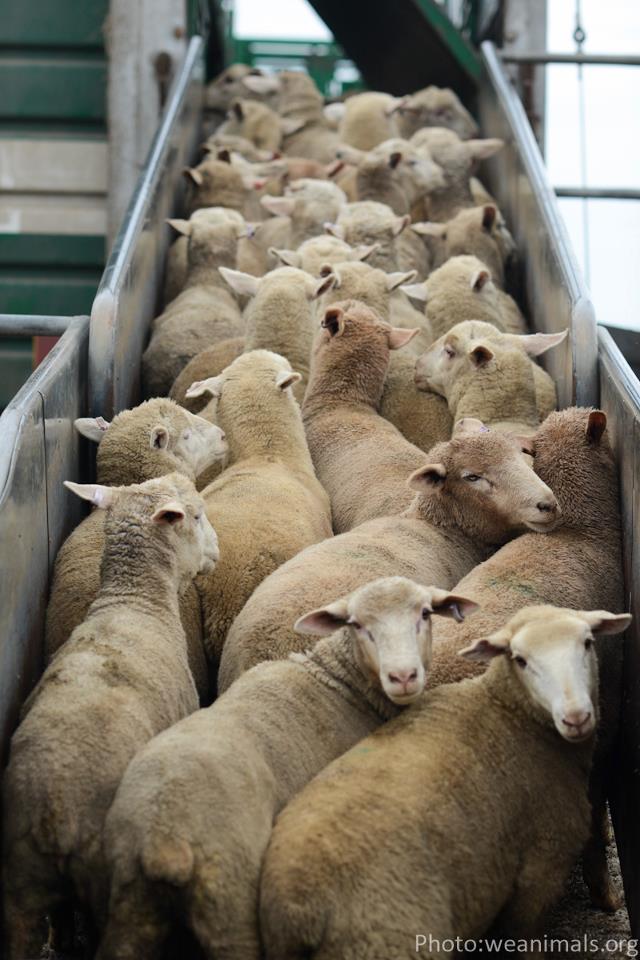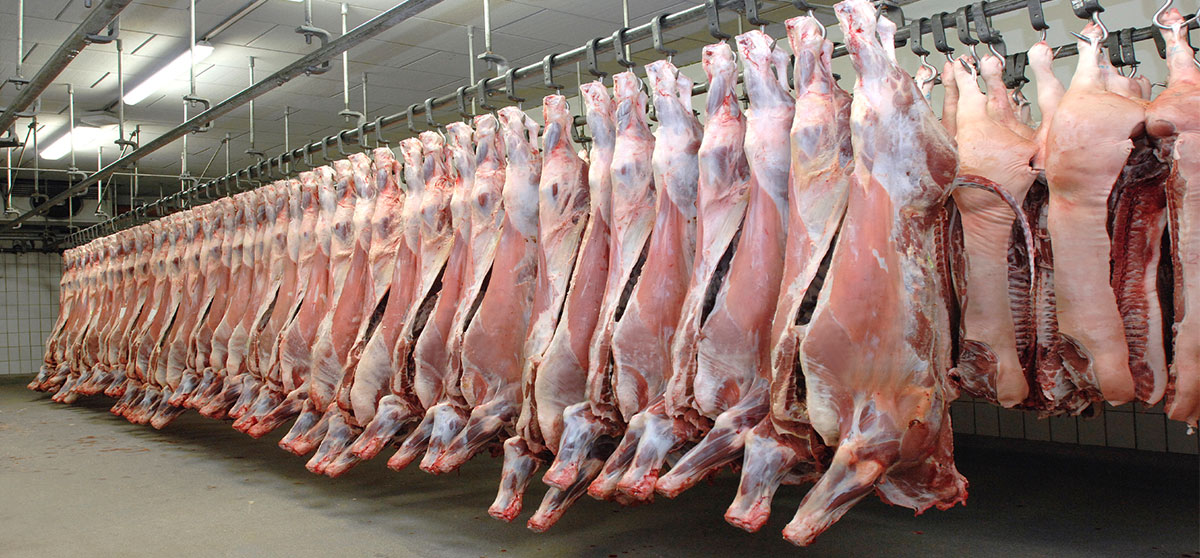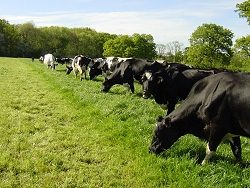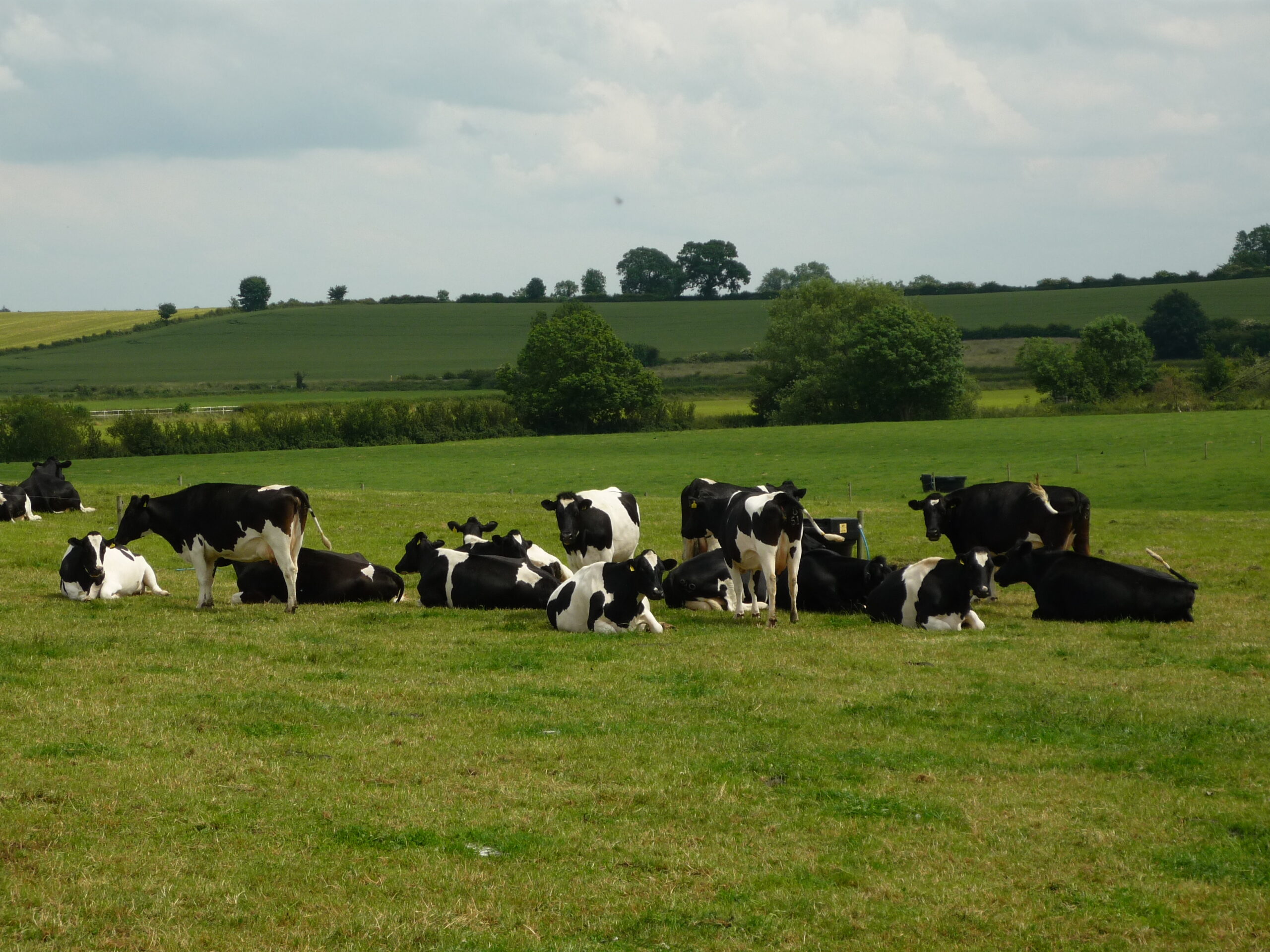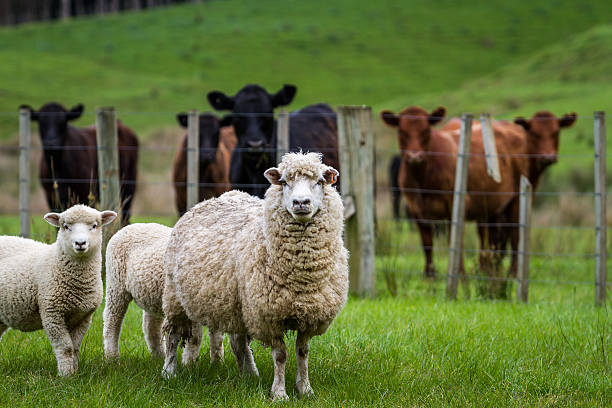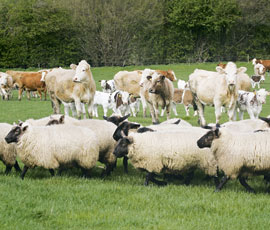Both the deadweight and liveweight finished lamb price eased in the week ending 11th May for old season lamb. However, although nowhere near last year’s record levels, the price, which had been hovering around the the five-year average, is now above this and comfortably above 2017 levels. More new season lambs are coming to market earlier this year compared to last, as the better weather is enabling earlier finishing.
Looking ahead, prices are expected to be supported by a tightening of supplies, both domestically and globally, but a no-deal Brexit could scupper this. Both New Zealand and Australia are expecting production to below historic levels during the coming year as they rebuild their flocks following drought. Farmgate prices in these countries are currently around 70p per kg deadweight above their five-year average. As well as a supply shortfall increasing demand from China is driving prices up. During March and April the deadweight SQQ in Great Britain is usually about £2 per kg more than the NZ farmgate price. This year it has only been in the region of £1. Although this has supported GB prices to some extent, NZ lamb still remains competitive at this level. In addition, both NZ and Australia have trade agreements with many of the key global lamb importers which allows them either free access or at a reduced tariff, something which the UK does not yet have.
Domestically, the Defra December census recorded a 4% decline in the UK breeding flock, down to 14 million head; the lowest since 2010. The AHDB is forecasting the 2019 lamb crop to be 16.5m head; down from 17.2 million last year. This takes into account the smaller flock, but a better lamb rearing rate – although not back to normal as scanning rates showed an increase in empty ewes and singles as a result of last summer’s drought affect ewe condition at tupping. The number of lambs forecast to come forward for slaughterings in 2019 is 12.5 million compared to 12.8m in 2018; over the past five years this has been nearer 13 million. Slaughterings of clean sheep in quarter one were 7% less year-on-year at 2.9 million. Quarter two is expected to see a 5% rise due to the more favourable weather conditions this year, although the majority of the increase is expected in April, with May and June numbers similar or even slightly down on the year. During the second half of the year, slaughterings are expected to decline reflecting the smaller lamb crop.
However the numbers available for slaughter on the domestic market would increase dramatically in the case of a no-deal Brexit. Typically the UK exports the equivalent of 3.5 million lambs; if trade is allowed to flow without too much added friction (i.e. a Deal), then exports are expected to remain at this level. However, a No Deal outcome would see tariffs and non-tariff barriers imposed. At standard EU tariff rates, the export of lamb to the continent would be rendered uneconomic.
